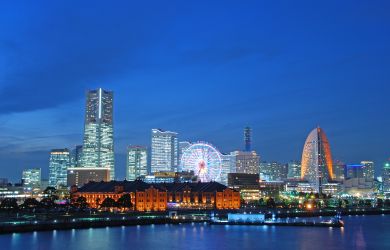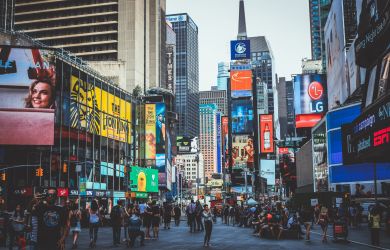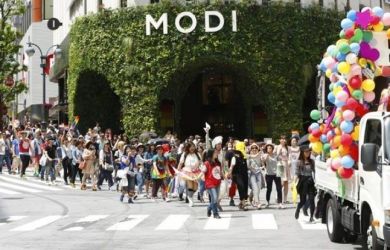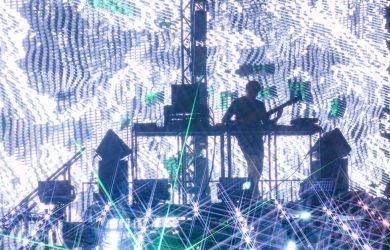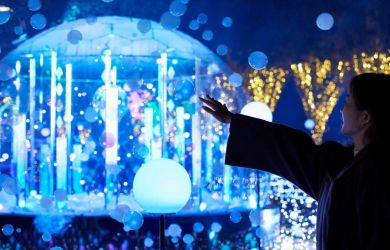
Originally published on metropolis.co.jp on July 2013

There is a common belief that history is written by—and therefore distorted by—the winners, but this is not entirely true. Japan’s experience proves that the losers do also have their say. This is apparent at the War/Art 1940-1950 exhibit at Hayama’s Museum of Modern Art in Kanagawa Prefecture, although in this case, history is not so much written as painted.
This is a good thing because words aim for a total picture that tends to weave a web of bias and deception, whereas painting is connected to isolated impressions and moments of truth where the artist connects with their emotions. So, even though this exhibition presents an extremely Japan-centric view of WWII, it is nevertheless a sincere one, and one we can all respect no matter what our historical judgment of those now distant events may be.
Some of the artwork is only tangentially related to the war, but serves to evoke a sense of the pre-war cultural milieu. This then gives way to more explicit war-themed art. Seiichi Hara’s rough, edgy sketches in pastels and ink, showing the daily life of Japanese soldiers and scenes from occupied China, are as much reportage as art. These works contrast with a series of contemporary color woodblock prints that show iconic and idyllic scenes of Japan—suggesting that the war at that time was strictly an overseas affair with minimal impact on the home front.
As we progress into the 1940s, this distinction is at first maintained but after a few celebratory works, like Hoshun Yamaguchi’s Final Attack on Hong Kong Island (1942), the mood darkens noticeably as overseas defeats and austerity start to bring the war closer to home.
One of the most interesting works is Kikuji Yamashita’s The Disintegration of America (1943; pictured top), a surrealistic attempt to break the spell of American and Western iconography. A city collapses in the background, while a toilet roll, the actress Bette Davis, a knight’s helmet, a tattered American flag and a collapsing Greek temple are all thrown together in a visual tirade against the West.

Not surprisingly, works from the climactic year of 1945, when Japan suffered defeats in Okinawa and Manchuria, as well as the fire bombings and the dropping of two atomic bombs before surrendering, seem almost absent from the exhibition, with only a handful of minor works. It is almost as if art had simply ground to a halt under the pressure of war.
After this artistic eye of the hurricane, Japan’s artists regained their strength and driven by feelings of horror, humiliation and self pity, created a range of diverse and unsettling works, including the exhibition’s centerpiece, Iri and Toshi Maruki’s Hiroshima Panels (1950; pictured), painted by a husband and wife team who were personally affected by the atomic bombing. Using a style of art derived from Nihonga, the panels show a hellish world full of dying and tortured figures: the ghosts of the dead exorcising the pain of the survivors; perhaps calling to mind the return of ancestral spirits celebrated during the summer obon season.
